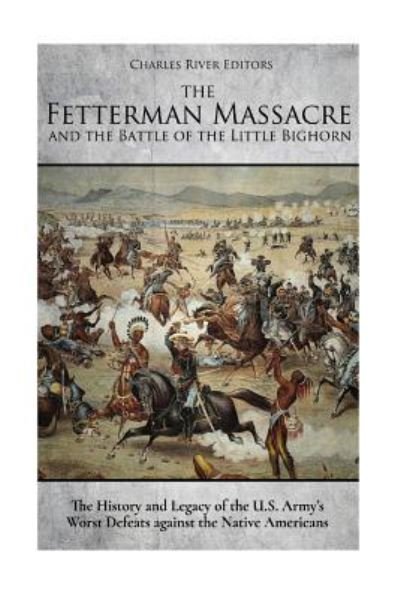
Freunden von diesem Artikel berichten:
The Fetterman Massacre and the Battle of the Little Bighorn
Charles River Editors
Bestellware
Auch vorhanden als:
The Fetterman Massacre and the Battle of the Little Bighorn
Charles River Editors
*Includes pictures
*Includes accounts of the fighting
*Includes online resources and a bibliography for further reading
In the summer of 1866, Colonel Henry B. Carrington set out from Fort Laramie to establish a series of forts along the Bozeman Trail with the goal of protecting migrants moving along the trail. The Bozeman Trail ran through the Powder River country, which included the traditional hunting grounds of Lakota, Cheyenne, and Arapaho peoples. Carrington had about 1,000 people in his column, of which about 700 were soldiers and 300 were civilians, likely soldiers' families and migrants. The colonel established Fort Phil Kearny as his headquarters and based 400 troops and most of the civilians there. During the construction of Fort Kearny, which lasted months, Native Americans killed several dozen soldiers and civilians in some 50 separate attacks. The attacks were largely focused on the "wood trains", comprised of soldiers and civilians harvesting lumber from the surrounding forest for the construction of the fort. Though younger warriors like Crazy Horse conducted the actual attack, Red Cloud and other, older leaders would help plan and direct the harassment and interdiction campaign against the construction of Fort Kearny.
On December 21, Native Americans again attacked a wood train, and Carrington dispatched a mixed force of about 50 infantrymen and nearly 30 cavalry troopers and Colonel Carrington again chose Captain Powell to lead the relieving force, but Fetterman asserted his seniority to Powell and was thus given command of the soldiers. Again, Carrington ordered the troops not to pursue the warriors over the nearby ridge and out of sight of the fort. When Fetterman left the fort, he immediately disobeyed orders and took the trail that followed the ridgeline. Meanwhile, the Native American warriors had deployed a group of decoying riders, including Crazy Horse, who lured Fetterman's troops over the ridge and into the waiting ambush. At the time, the Fetterman Massacre, as U. S. newspapers labeled the event, was the greatest defeat (in terms of the number of U. S. soldiers killed) experienced by the Army at the hands of Native American warriors.
On the morning of June 25, 1876, George Custer's scouts discovered a Native American village about 15 miles away in the valley of the Little Bighorn River. Choosing to disregard his superiors' orders to wait for a concerted effort, the grandstanding Custer intended to deliver his own decisive victory by dividing his command into three units, an extremely bold tactic when done in the face of a much larger force. Due to their belief in the inferiority of the Plains Indians, and mindful of previous Indian tactics that sought to avoid pitched battle, Custer and his men were most concerned with forcing the action and failed to understand the true nature of the situation they had entered. The Native American gathering, centered around the famous Sioux chief Sitting Bull, numbered roughly 8,000 individuals, and about 2,000 of them were warriors. Custer's forces amounted to a mere 31 officers, 566 troopers, and 50 scouts and civilians, and they had been split into three columns in order to stop a possible retreat.
Before the battle, it is believed Custer thought he was facing a group of about 800, which was Sitting Bull's strength in the weeks before the battle. However, the Army's Native American scouts and civilian scouts had not adequately informed the Army of the reinforcements that arrived, and at Little Bighorn, Custer's three-pronged attack was completely overwhelmed. How Custer met his fate, and whether there even was a Last Stand, remain subjects of debate, but what is known is that the Battle of the Little Bighorn was one of the U. S. military's biggest debacles. All told, the 7th Cavalry suffered over 50% casualties, with over 250 men killed and over 50 wounded.
| Medien | Bücher Taschenbuch (Buch mit Softcover und geklebtem Rücken) |
| Erscheinungsdatum | 23. November 2017 |
| ISBN13 | 9781979992305 |
| Verlag | Createspace Independent Publishing Platf |
| Seitenanzahl | 92 |
| Maße | 152 × 229 × 5 mm · 136 g |
| Sprache | Englisch |
Weitere Titel von Charles River Editors
Andere haben auch gekauft
Alle Titel von Charles River Editors ansehen ( u. a. Taschenbuch und Buch )



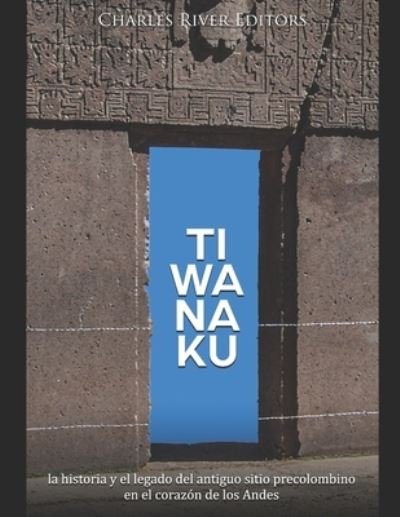
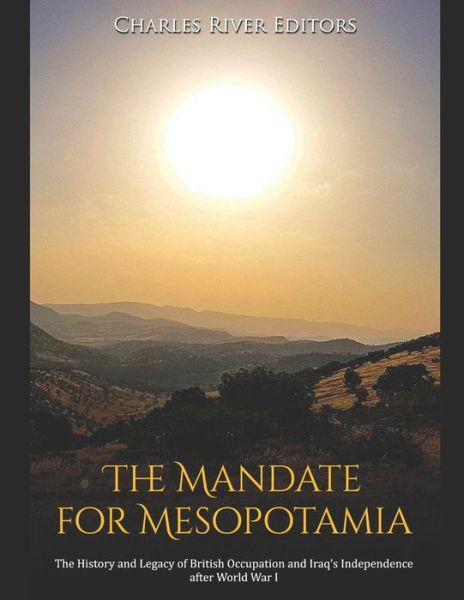
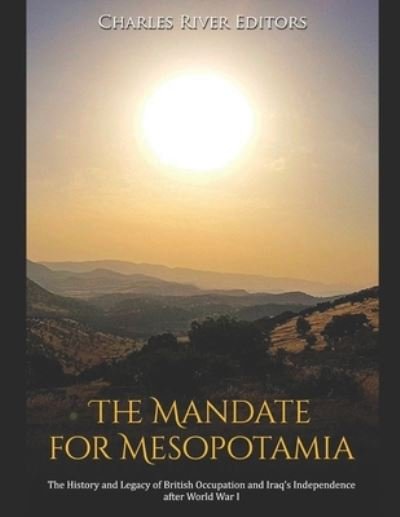
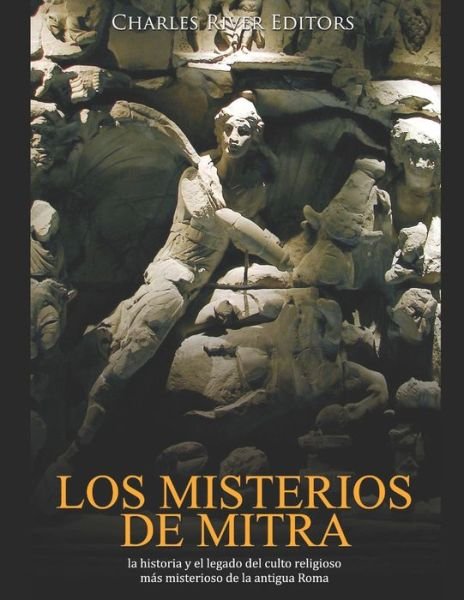

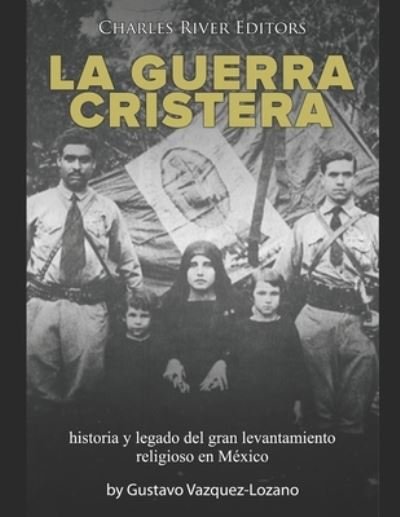
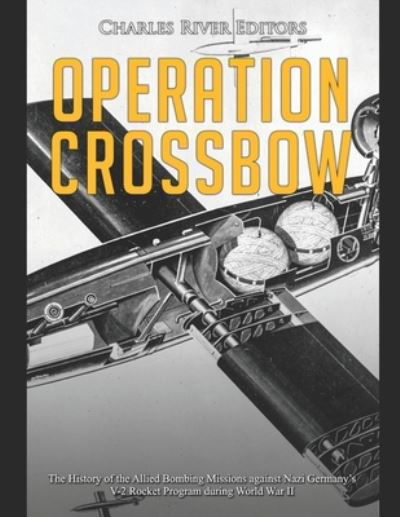
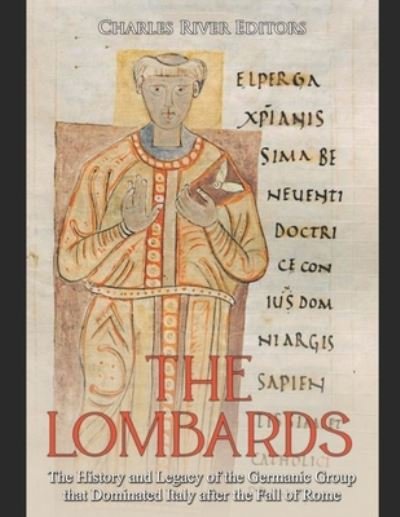
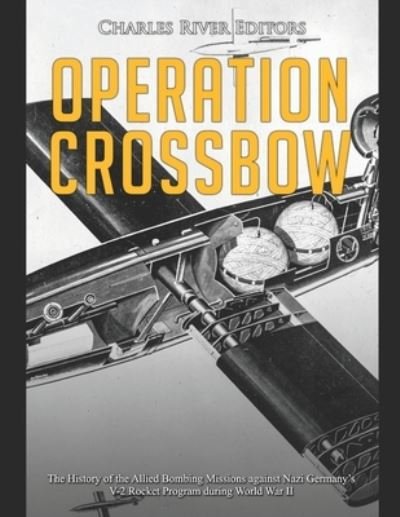
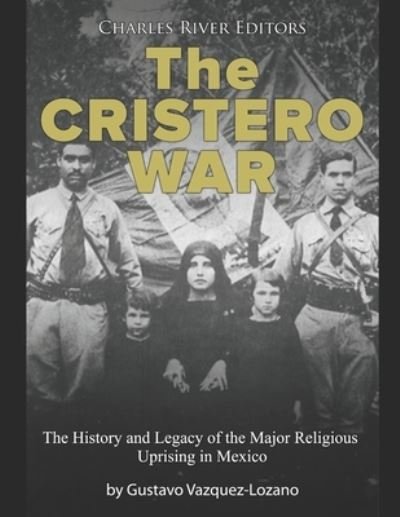
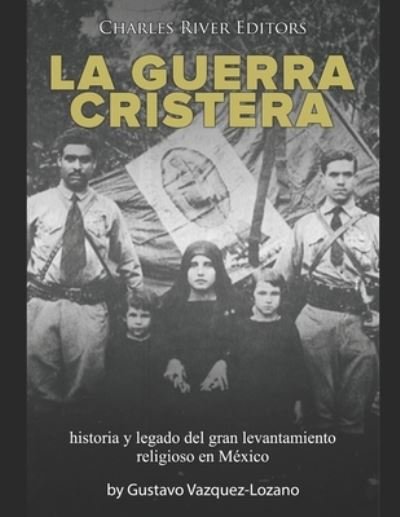
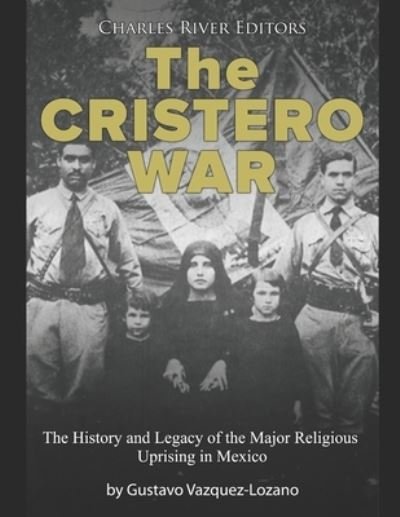















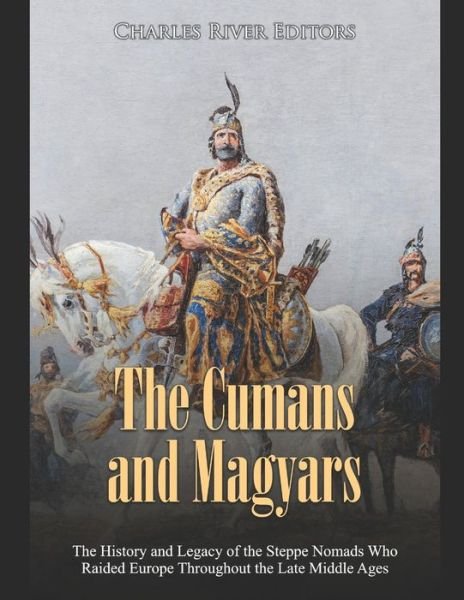
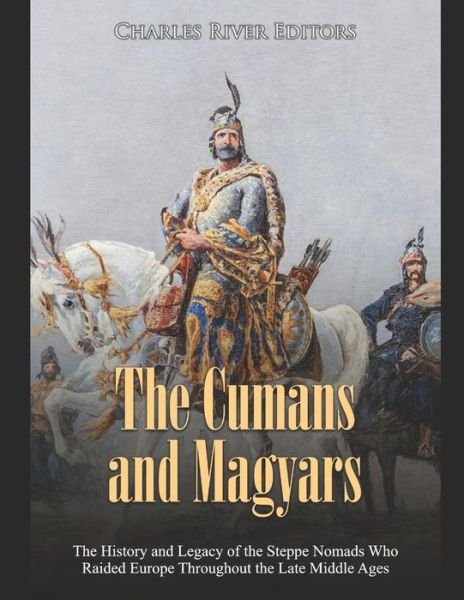




![Cover for Charles Dickens · Den hjemsøgte mand og åndens tilbud (Nyillustreret) (Gebundesens Buch) [1. Ausgabe] (2022)](https://imusic.b-cdn.net/images/item/original/123/9788772048123.jpg?charles-dickens-2022-den-hjemsoegte-mand-og-aandens-tilbud-nyillustreret-gebundesens-buch&class=scaled&v=1654049104)
![Cover for Dian Hanson · The New Erotic Photography - Bibliotheca Universalis (Gebundenes Buch) [Multilingual edition] (2017)](https://imusic.b-cdn.net/images/item/original/715/9783836526715.jpg?dian-hanson-2017-the-new-erotic-photography-bibliotheca-universalis-gebundenes-buch&class=scaled&v=1490369714)







![Cover for Jesper Wung-Sung · To ryk og en aflevering (Taschenbuch) [3. Ausgabe] (2009)](https://imusic.b-cdn.net/images/item/original/996/9788763811996.jpg?jesper-wung-sung-2009-to-ryk-og-en-aflevering-taschenbuch&class=scaled&v=1341784896)
![Cover for Claus Drengsted-Nielsen · Lille dansk grammatik (Taschenbuch) [1. Ausgabe] (2016)](https://imusic.b-cdn.net/images/item/original/692/9788702194692.jpg?claus-drengsted-nielsen-2016-lille-dansk-grammatik-taschenbuch&class=scaled&v=1499896829)

